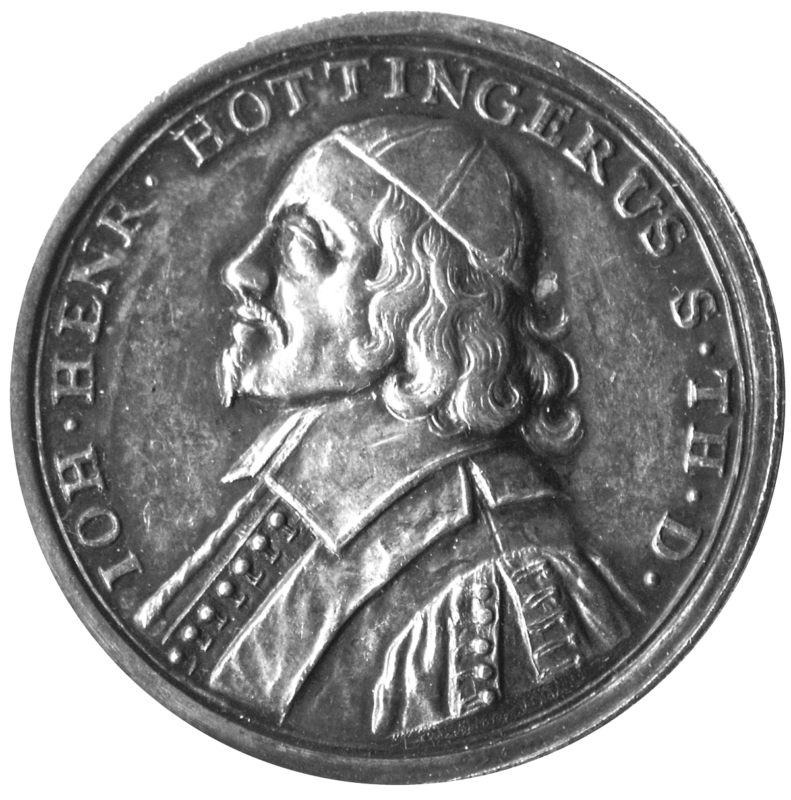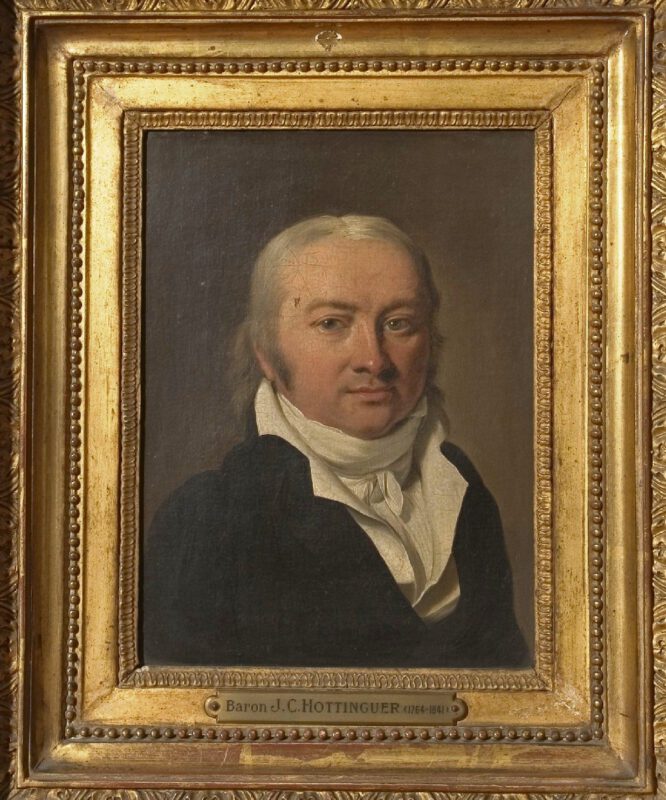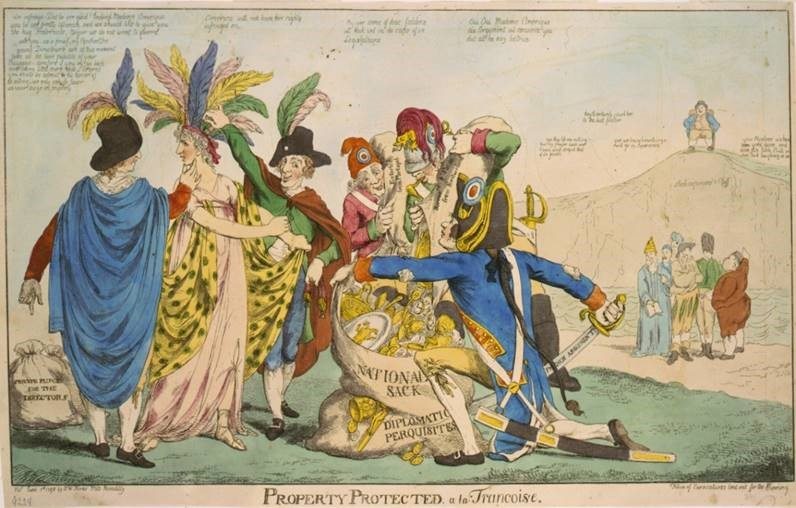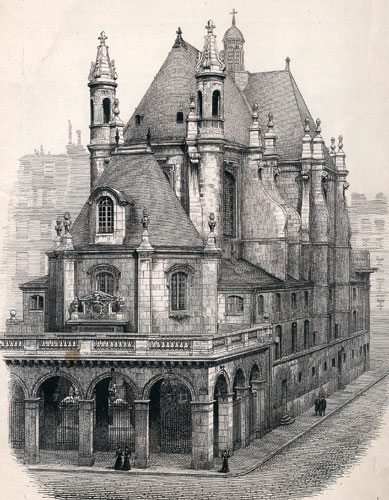 Five ducat coin (17g gold), 1720
This medallion was possibly made to celebrate the centenary of the birth of Johann Heinrich Hottinger, the famous Reformist, Protestant Theologian and Orientalist.
Five ducat coin (17g gold), 1720
This medallion was possibly made to celebrate the centenary of the birth of Johann Heinrich Hottinger, the famous Reformist, Protestant Theologian and Orientalist.
The House of Hottinger
Since the eighteenth century, the Hottinger family has been a modernising force – developing trading links, banking and capital markets in Europe and the New World.
Today, various parts of the group continue to be involved in banking and finance across the continents. Family members take leading roles alongside seasoned professionals from varied backgrounds, selected for their probity and dedication to their clients.
It is this international scope, breadth of experience and integrity which ultimately lies at the heart of our offering and helps us weigh opportunities against the risks inherent in volatile developed capital markets.
However large we grow, however many offices we open, you can be sure that we will always stay true to the character of the original Baron, Jean-Conrad Hottinger (1764-1841) who was described in the press as “a gentleman of considerable credit and reputation”.
We are proud to have been named ‘Family Office of the Year’ in 2017, 2019 and 2020.*
*City of London Wealth Management Awards
 Jean-Conrad, the first Baron Hottinger, 1764-1841
Jean-Conrad, the first Baron Hottinger, 1764-1841
The First Hottinger Bank
By 1786 we find mention of Jean-Conrad Hottinger who, at just twenty-six, was living away from his Swiss family and founded his first company, ‘Messieurs Rougemont & Hottinguer’, in Paris.
Months later, this company was registered as a bank in the Royal Almanac of France, with offices located in the bustling Hôtel de Beaupreaux, Croix-des-Petits-Champs, right opposite the new Banque de France buildings.
Three years later, Jean-Conrad struck out on his own and opened an eponymous bank, ‘Messieurs Hottinguer & Cie’.

Early History
The earliest known mention of the name Hottinger was in 1362 in Zollikon, near Zurich. Four generations later, in 1495, historical records from Zurich refer to another Hottinger, a clergyman.
Over the following three centuries, other ‘men of the cloth’ are known of, including Klaus Hottinger (1467-1524) the earliest martyr of the Swiss Protestant movement. Other notable family members from this early period include theologians, historians and scientists such as Hans-Heinrich (1620-1667), a famous Orientalist who was Dean of the University of Heidelberg.
During the eighteenth-century family members began careers outside the church. They were drawn towards merchant trading and were instrumental in the development of the early banks and insurance agencies.

Brave New World
Jean-Conrad worked hard and was ambitious. Times were turbulent. In 1793 he was denounced for ‘royalist’ activities and fled back to Zurich, and then to England where he married his American sweetheart, Martha Eliza Redwood, daughter of an English family who had set up plantations in the United States.
Whilst Europe bickered, in 1794 the young couple sailed to the East Coast of America where they met a group of French emigrants, including Talleyrand, the famous diplomat. Jean-Conrad became important in diplomatic circles and was a key player in the infamous ‘XYZ Affair’ which shocked London society to the core.

Launch of the Banque de France
In Paris, the Banque de France was created in 1800, just 14 years after the creation of Banque Hottinguer. With a Board of 20 members, Jean-Conrad was appointed Regent in 1803 and for the next 133 years there was a Hottinger family member on the Board of this de facto Central Bank.
As he also held the position of President of the Paris Chamber of Commerce and Industry, Jean-Conrad held a supremely powerful position within the local economy.


